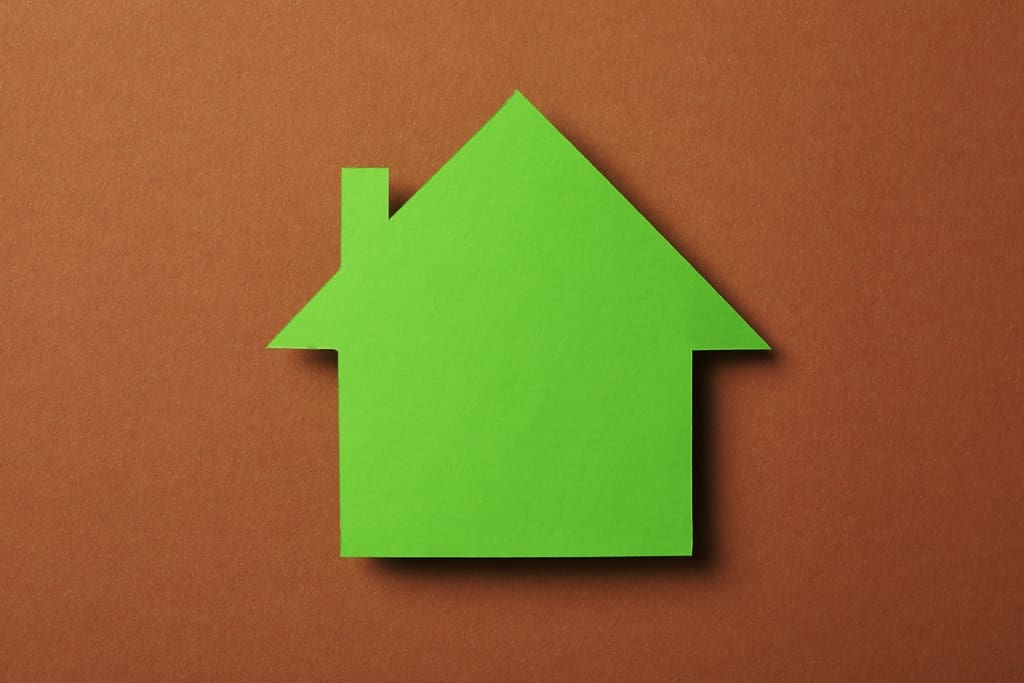In a world increasingly concerned about environmental sustainability, the concept of green home certifications has gained significant traction. Homeowners are becoming more conscious of their ecological footprint and are actively seeking ways to reduce it. Green home certifications offer a structured approach to ensuring that a home meets specific environmental standards, benefiting both the planet and the homeowner.
Understanding Green Home Certifications
Green home certifications, such as LEED (Leadership in Energy and Environmental Design) and ENERGY STAR, provide a comprehensive framework for evaluating a home’s environmental performance. These certifications assess various aspects of a property, including energy efficiency, water conservation, indoor air quality, and sustainable materials usage.
Benefits for Homeowners

- Lower Utility Bills: Homes certified under programs like ENERGY STAR typically consume less energy and water, leading to reduced utility bills over time. These savings can significantly offset the initial investment in green building practices.
- Improved Indoor Comfort: Green homes often feature superior insulation, advanced HVAC systems, and better ventilation, resulting in more consistent indoor temperatures and improved air quality. This translates to enhanced comfort and well-being for occupants.
- Increased Property Value: Green certifications add value to a home by demonstrating its sustainability and efficiency features. Studies have shown that certified green homes tend to command higher resale prices and attract environmentally conscious buyers.
- Environmental Responsibility: By opting for green home certifications, homeowners contribute to mitigating climate change and reducing their environmental impact. This sense of environmental responsibility aligns with the growing global movement towards sustainability.
- Access to Incentives: Many governments and utilities offer incentives, such as tax credits, rebates, and reduced financing rates, to encourage green building practices. Homeowners with certified green homes can take advantage of these financial benefits.
Choosing the Right Certification

When considering green home certifications, it’s essential to evaluate your specific goals, budget, and regional regulations. LEED certification, for example, offers different levels (Certified, Silver, Gold, and Platinum) to accommodate varying sustainability objectives and budgets. ENERGY STAR certification focuses primarily on energy efficiency and is widely recognized for its practicality and effectiveness.
In conclusion, green home certifications represent a significant step towards sustainable living. By investing in these certifications, homeowners not only reduce their environmental footprint but also enjoy tangible benefits such as cost savings and enhanced comfort. Embrace the green revolution and unlock the full potential of your home’s sustainability today!
#GreenHomeCertifications #LEED #ENERGYSTAR #SustainableLiving #EnergyEfficiency #EnvironmentalResponsibility #Homeowners #GreenBuildingPractices
